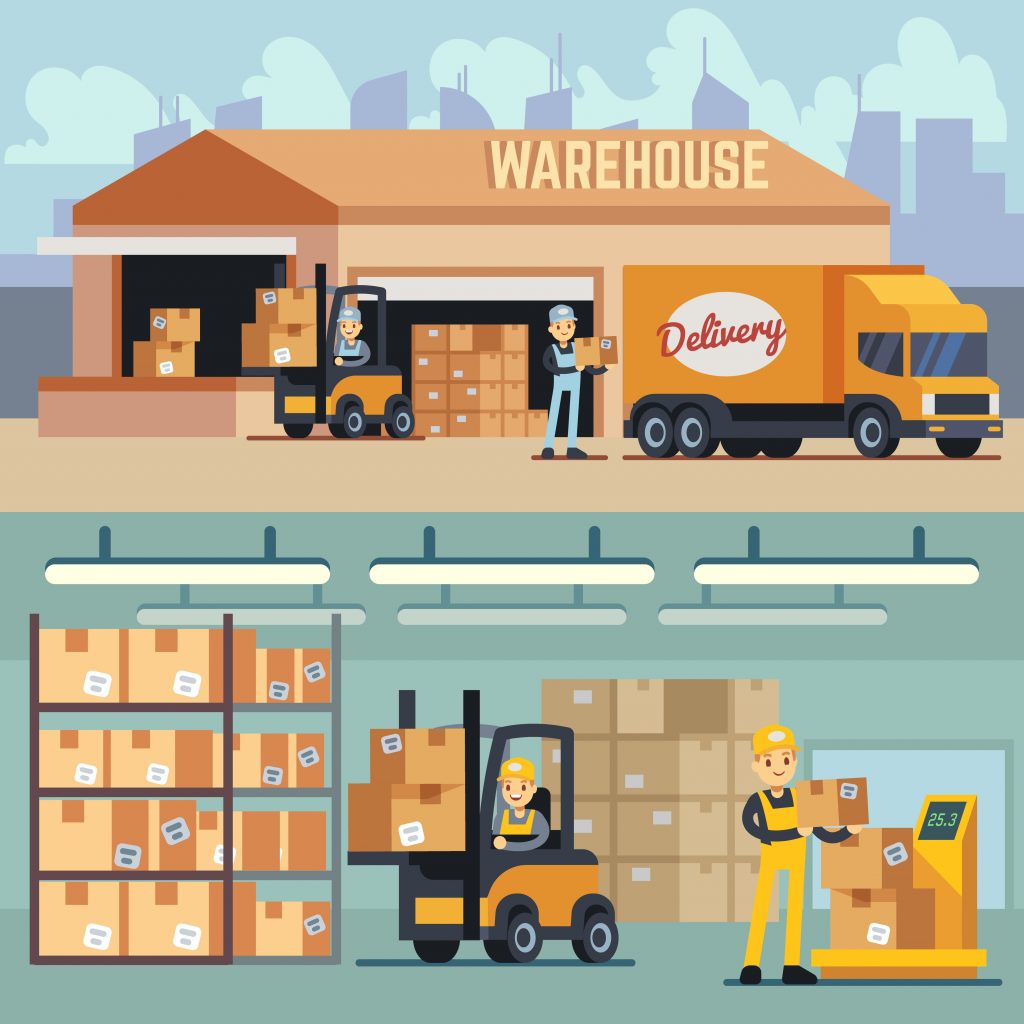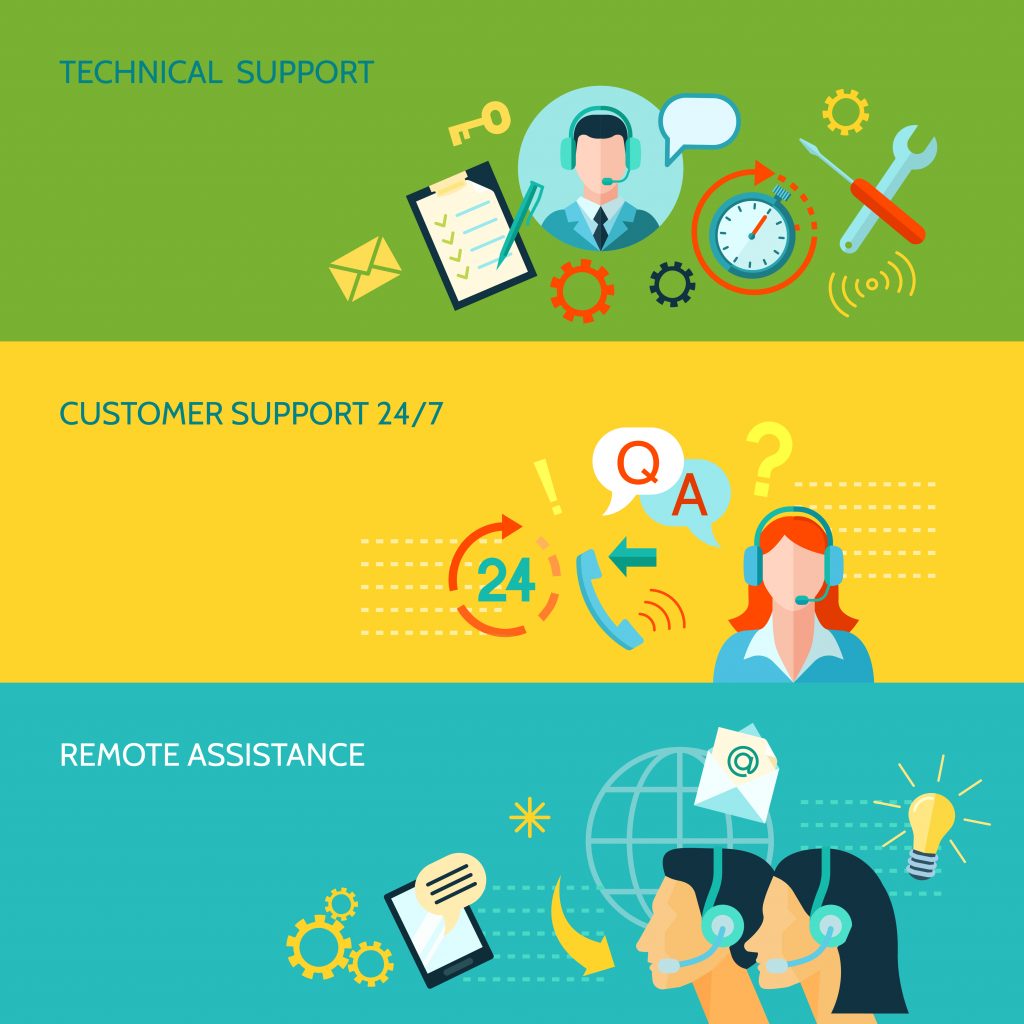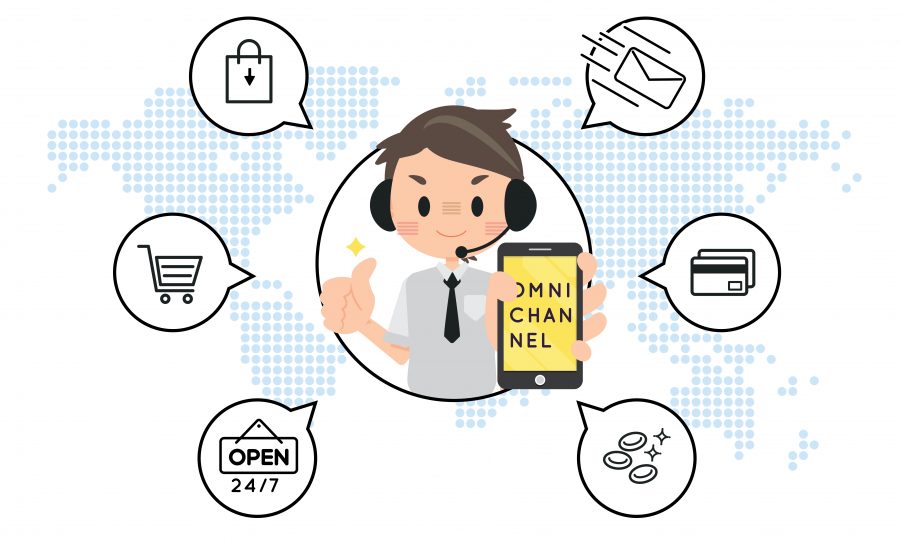The arrival of Magento 2 has left many storekeepers and developers pondering about the effect…
Omni-channel is a multi-channel strategy to commerce that seeks to present customers with a seamless purchasing experience, whether they’re buying online from a desktop or mobile device or in a brick-and-mortar shop.
It is essential to develop an omnichannel supply chain strategy to remain at the top position in this era of immense competition. And for that, you have to facilitate both order fulfillment and returns through multiple places and means, such as in affiliate brick-and-mortar retail shops or through digital stores. Not only that it gives a better nearby experience for the customer, but also it generates additional revenue opportunities that otherwise you might fail to grab. If executed properly, this positive experience can build customer loyalty and create repeat purchases.
However, providing multiple channels to purchase, collect, and return products unavoidably adds complexity to your current methods and systems. According to Multichannel Merchant, although 91% of merchants of the US presently have an omnichannel plan of action in place and less than 10% of those brands or retailers claim to have mastered the omnichannel strategy and technology.
Let’s explore four key areas of focus to guarantee a robust implementation of your omnichannel strategy.
1. Simplify inventory management

The tracking of the product and management of the inventory becomes more complicated since products are delivered and returned in different ways than before, affecting the demand planning. Thus, investing in a warehouse management system (WMS) for your operations can be an essential tool in enabling your omnichannel strategy. Implementing or remodeling your system will provide you the most detailed, up-to-date data to track the patterns of your product demand so that you can easily manage the placement of your inventory.
2. Increase order speed and accuracy

Along with the prevalence of the establishment of omnichannel, the needs of the consumers are also growing. While considering the changes you require to make in your services to meet the rising expectations of the consumer, you must not forget to consider how to enable speedy and punctual delivery. Over the past decade, eCommerce delivery times have reduced from 5 to 2 days, and now, next-day or same-day delivery has become an emerging delivery trend in the market. To survive in the competition and keep up the pace with consumer demands, your operation requires finesse. So you need to adopt new technologies like voice commands, pick-to-light, and automated transportation systems to set your business apart.
3. Optimize operations

Workforce optimization and warehouse design bring efficiency to your overall performance. Effective design means a reduction in picking time as products are arranged rationally throughout the facility. It can even avert you from unnecessarily extending your real estate footprint. Recruiting and employing a highly trained team is crucial while implementing new technologies. Prioritize forming your industrial engineering and human resource expertise within or through experienced 3rd parties with a verified track record for office optimization, workforce recruitment, and development programs.
4. Enable easy returns

With the growth of eCommerce and a subsequent increase in returns, end consumers are asking for an easy return method. Merchants often struggle to create reverse logistics capabilities to meet the expectations of a consumer. Handling returns is complex and can be expensive due to additional shipping charges, integrated IT systems, repetitive processes, and credit-processing capacities, but the investment can pay off in the form of the loyalty of a customer. The analysis shows that around 89% of online shoppers determine where they would shop from based upon the return policies of a merchant, and 70% of the shoppers purchase something else while returning items in a store.
Conclusion
Working with a professional third-party logistics (3PL) firm can be the best and the safest way to implement and handle the intricacies of an omnichannel strategy. The right 3PL will help you to develop the best-fitted approach for your business and will leverage technology to assist your business requirements. The competence of a 3PL can accommodate you to get the maximum out of your warehouse space, maintain current and future inventory, bring quick and accurate completion of orders, and manage returns cost-effectively.








Leave a Reply